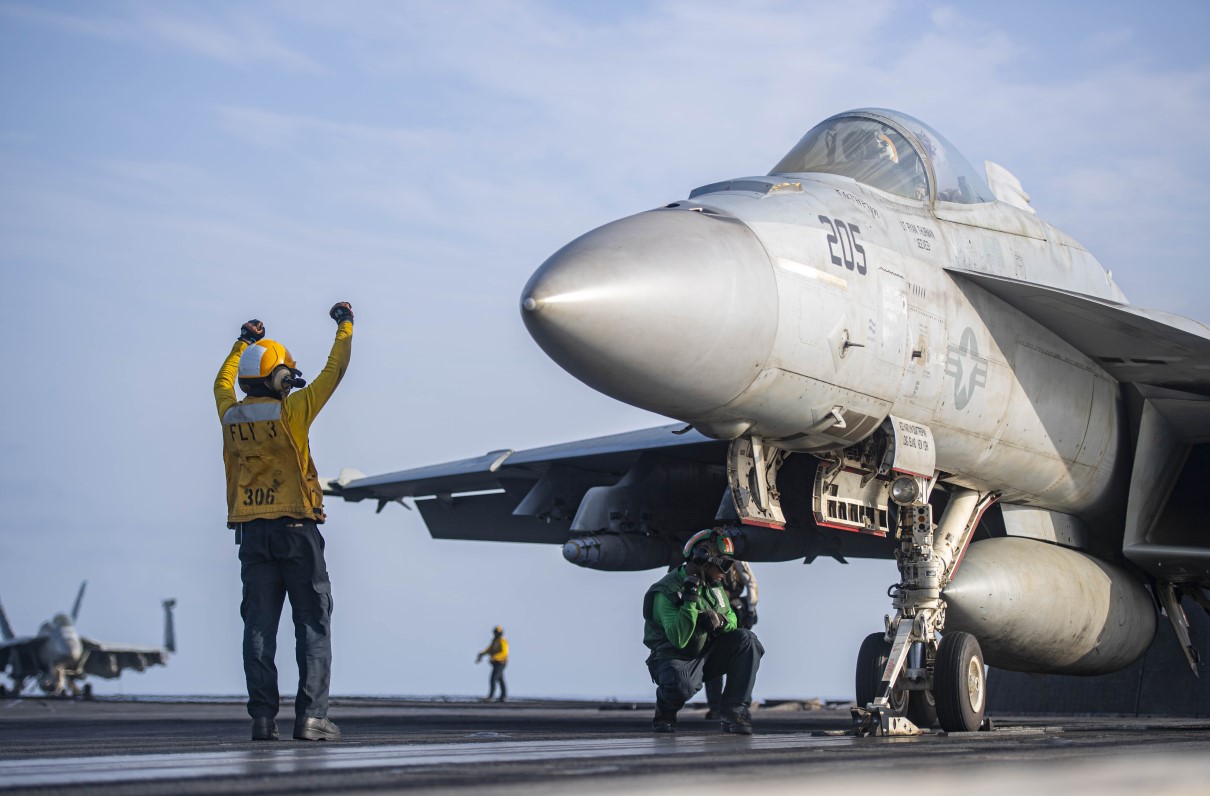Military fixed-wing aviators and aviation support personnel face higher rates of certain cancers than the general population and were diagnosed with the disease at least dozen years earlier on average, according to a DoD report to Congress filed last month.
The results trigger a Phase 2 report to identify risk factors for the cancer diagnoses. That study, set to start in early 2025, also will determine the appropriate age to begin screening aircrew and ground crew for cancer based on a variety of factors including flying hours, length of service, and mission.
The report examined data for 138,505 aircrew and 659,985 ground crew. It included both active and reserve components, representing all military branches, and identified cancers diagnosed between 1992 and 2017.
Compared to a demographically similar U.S. population, aircrew had a 75% higher rate of melanoma, 31% higher rate of thyroid cancer, 20% higher rate of prostate cancer, and 15% higher rate of cancer for all sites combined. Ground crew members had a 12% higher rate of kidney and renal pelvis cancer but a 5% lower rate of all sites combined.
[RELATED: DoD Report Details ‘Pervasive’ Staffing Problems at Walter Reed]
Data for the general population comparison was obtained from the Surveillance, Epidemiology, and End Results (SEER) program of the National Cancer Institute, as directed by Congress.
The report noted a younger age at diagnosis for both aircrew and ground crew relative to the general population. The median age at diagnosis for malignant cancer of all sites was 55 years in aircrew and 54 years in ground crew. In contrast, the median age at diagnosis for malignant cancer of all sites was 67 years in the SEER reference population.
An interim DoD report from February 2023 included only data for active component aircrew and ground crew. It was released while DoD collected additional data from the VA and state cancer registries for reserve component servicemembers.
DoD cancer registry and TRICARE claims data was used to assess cancer incidence among current and former (retired) aircrew and ground crew. The earlier report indicated active component aircrew and ground crew had a respective 24% and 3% higher incidence of cancer for all sites compared to a demographically similar general U.S. population.
[RELATED: New TRICARE Rule May ‘Risk the Health of Military Kids’]
The earlier report also included an analysis of mortality rates and found that aircrew and ground crew had a 56% and 35% lower mortality rate, respectively, for all cancer sites compared to the demographically similar U.S. population in SEER.
Why do aircrew and ground crew members see higher cancer diagnosis rates with lower mortality rates? The report speculates the general population may not be screened for the disease as regularly as those in uniform, who “receive free medical care while in active duty service and must adhere to strict physical fitness requirements.”
MOAA appreciates Congress’ continued efforts to better understand toxic exposures and their impact on servicemembers and veterans.
MEDIPLUS® TRICARE Supplement
Works hand-in-hand with your Select or Prime Plan. Count on valuable protection.

